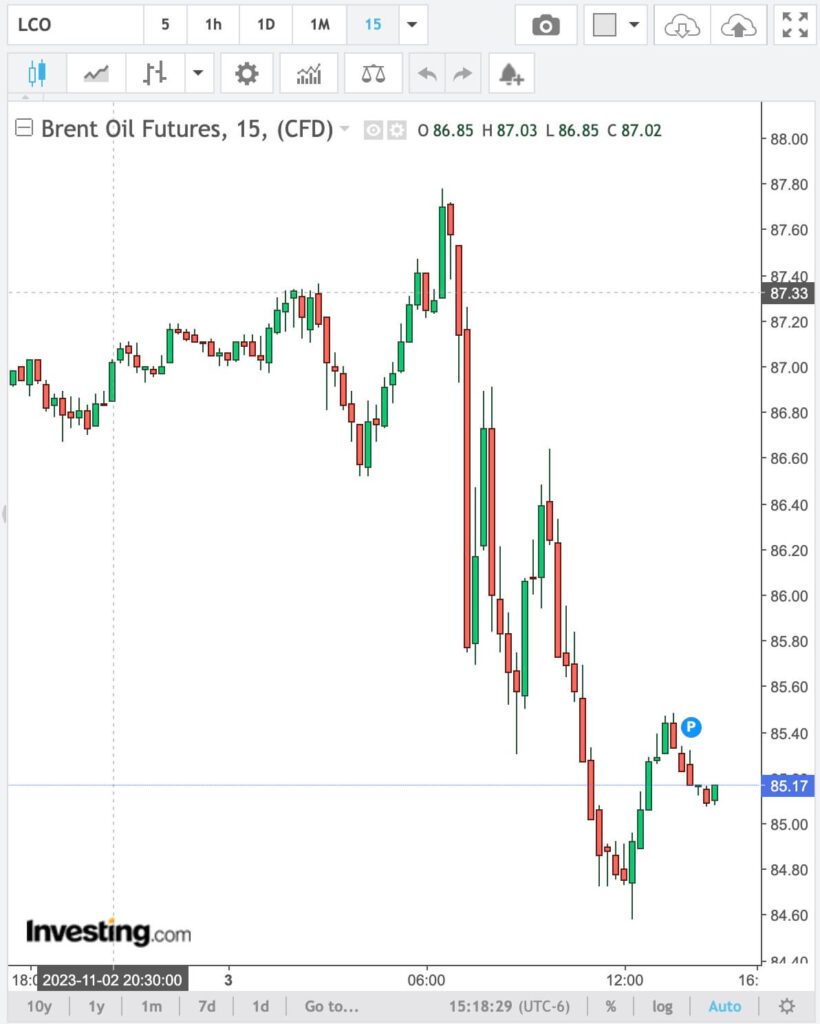In a week characterized by volatility, oil prices have dipped over 2%, reflecting a global easing of supply concerns. This adjustment in prices, with Brent crude and U.S. West Texas Intermediate experiencing significant drops, suggests a reconfiguration of supply and demand in the energy market.
The fall of more than 6% in oil benchmark indices highlights the unpredictable nature of the market, which often responds swiftly to shifts in the global economic landscape. Despite tensions in the Middle East and Hezbollah’s warnings of a potential extended conflict, the market has maintained a measured response, indicating a possible adaptation to uncertainty or a perceived low risk of supply disruption.

In the U.S., a slowdown in employment growth and a cooling in wage inflation point towards a potential easing in labor market conditions. These factors, coupled with the Federal Reserve’s stance on not increasing interest rates, could signal a period of economic relief, albeit temporary.
Monetary policy remains in focus, with the Fed and the Bank of England opting to keep interest rates stable. This stability provides support to oil prices, though the balance is delicate and economic prospects uncertain.
China presents a contrasting picture in its economy. While service activity shows a slight expansion, weakness in sales and a stagnation in employment suggest waning business confidence. Moreover, the unexpected contraction in Chinese manufacturing could herald a decrease in oil demand, which would have significant repercussions on the global market.
This landscape, shaped by the interplay of geopolitics and monetary policy, along with economic indicators from major powers like the U.S. and China, paints an uncertain future for the oil market.











